What did you do before creating Tipplemill Gin? I returned to the farm during my last year at university when covid struck and combined doing my Psychology dissertation with helping on the farm. It was a wonderful summer and the evenings were spent in the garden around our millstone drinking Gin & Tonics. With the farm behind me and the family’s mill in front of me it didn’t take long for the idea of making our own farm grown gin to be born. My brother, James, returned to the farm after helping manage an orange and banana farm in Zambia and didn’t take much convincing that he should continue growing the wheat and that I should turn it into gin. What made you decide to create your gin, and what's the inspiration behind it? James and I are fifth generation Lincolnshire farmers and wanted to produce the absolute best London Dry Gin using the grain that we grow. We hope that by sharing the journey from field to glass we can show the time, effort and dedication that goes into growing food in harmony with nature. What could be better than putting the fun back into farming and reconnecting consumers with the farmers by sharing our story over a refreshing Tipplemill Gin & Tonic. James adds that “the farming business was started by Frank Craven, who worked as the miller producing flour for baking and animal feed in the 1900s. A natural progression saw Frank purchase the land surrounding the mill so that his sons could grow the wheat he needed for milling. Five generations later it is Lily and I who are the custodians of the same land which now grows the grain for Tipplemill Gin.” What is the meaning and story behind the Tipplemill brand name? My brother and I spent a lot of time thinking of a name and arrived at Tipplemill as it seemed the perfect name to join our milling heritage with having a tipple. We have tried to use our bottle to tell our story, so we have the mill tower in the central position to represent our milling heritage, nestled between two connecting heads of wheat which together form the shape of our gin glass. The four seeds under the mill represents the 4 generations of farmers who have farmed at Mill Farm, with the drop of spirit representing the 5th generation who use the grain to make our gin, and the pipes wrapping around the tower represent distilling our spirits in a copper pot still. Furthermore, our stopper is in the design of a millstone and the label depicts our recipe and features a farming scene, which we hope helps show that our gin is grown in harmony with nature on our family farm. Can you tell us more about the distillery you work with? The most important quest for us was to produce the very best London Dry Gin possible. The standards for London Dry are the most stringent of any gin and therefore we wanted to ensure that the gin was produced in the finest copper pot still. When I realised the huge investment needed to produce the finest gin possible, I soon realised that the most sustainable plan was to partner with another distillery. One of the things that I have enjoyed most about joining the spirits industry is that other people in the industry are so helpful and inspiring. We have been very fortunate to have met Nik and Tibor at Ramsbury Brewery & Distilling Co. who share the same goals and vision as we do and have been so helpful in bringing our idea to fruition. They not only take our flour to produce our wonderful base spirit but have also helped with its distillation in a wonderful copper pot still to produce our fantastic gin. Can you tell us more about producing your own wheat base spirit? Tipplemill’s dedication to quality, sustainability and traceability starts with the production of the base spirit. Tipplemill uses the ultimate renewable energy source, the wind, to grind the grain between the millstones of the tallest working windmill in the UK, just a 10-minute drive from the farm in nearby Moulton, to produce the all-important wholemeal flour needed to make the base alcohol spirit. The process of making Tipplemill’s 96% ABV base alcohol spirit takes 12 days and involves a number of complex operations which require precision, constant monitoring and, importantly, patience. Can you tell us more about your recipe and botanicals? Dr David Clutton, the only person to hold a PhD in Gin, was consulted to help produce our Tipplemill London Dry recipe, inspired by elderflowers foraged from our hedgerows and sweet fennel from our botanical garden carrying with them the harmonic tweeting of farmland birds. We use only the finest botanicals which have been carefully sourced from growers from around the world including juniper from the hills of Tuscany, grapefruit and orange peel from the Mediterranean, angelica from farmers in Belgium, as well as coriander from the Black Sea coast. These are weighed carefully and added to the still the day before distillation so that the botanicals can start the slow release of their wonderful flavours. Can you tell us more about the distillation process? The following day the still is gradually heated using steam produced by a biomass boiler and the mixture of our grain neutral spirit, water and botanicals is re-distilled in a 150-litre copper pot still. The water used for condensing the botanical-infused alcohol vapour is returned back to nature using a series of filtration reed beds. We select only the heart of the distillation in order to achieve the finest flavour profile. This is then blended and bottled at 44% ABV. Can gin lovers visit the farm? We have plans to build a visitor attraction on the farm where visitors can see first-hand how the grain is grown and a Gin School where customers can learn how gin is made and have a go at making their own gin using their own recipe. Until then I would also recommend the Ramsbury Distillery Gin Tour and Gin School experience to see real craft in action. What is your ambition for Tipplemill in the years to come? We are currently looking at recipes to expand our range which will be inspired by other botanicals grown locally including raspberries and strawberries. However, as we wish to stay true to the London Dry method, no sugar, flavourings or colouring will be added post distillation. All of the taste and flavour will be produced from the botanicals in the copper pot still. We will also continue to enhance our natural habitats. By using our own wheat instead of purchasing industrial ethanol we have complete control over how our gin is produced. We not only know exactly where it was grown but also have the confidence in the sustainability of the agricultural practises which support it. Taking a proactive approach to enhance biodiversity and soil health means that we can relax and enjoy the fact that Tipplemill not only tastes great to drink but also that it is great for nature, including the farmland birds and animals which are a crucial part of our ecosystem. What are your favourite ways to drink Tipplemill Gin? Our recommended serve is 50ml of Tipplemill London Dry Gin in a glass filled with ice, and 100ml of Tonic Water, with a slice of pink grapefruit as garnish alongside a sprig of rosemary. Tipplemill London Dry has sufficient complexity and smooth body to make an elegant Martini whilst the bittersweet citrus notes make for a wonderful Negroni.
Desert Island Gins: Which 3 gins would you take with you and why?
As potato growers as well as wheat growers we are inspired by and support farmers who use their crops to do something different. We have enjoyed sipping Arbikie gin made in Scotland, Ramsbury Gin made in Wiltshire, as well as Chase Gin made in Herefordshire. What's next for you and Tipplemill - any exciting plans? Gosh, it has taken a long time to get to the launch of Tipplemill. I am very proud to have developed a gin which works with people and companies that share the same values in sustainability without any compromises on quality. So now I am looking forward to meeting customers and encouraging them to enjoy a tipple grown in the countryside. You Might Also Like...
Comments are closed.
|
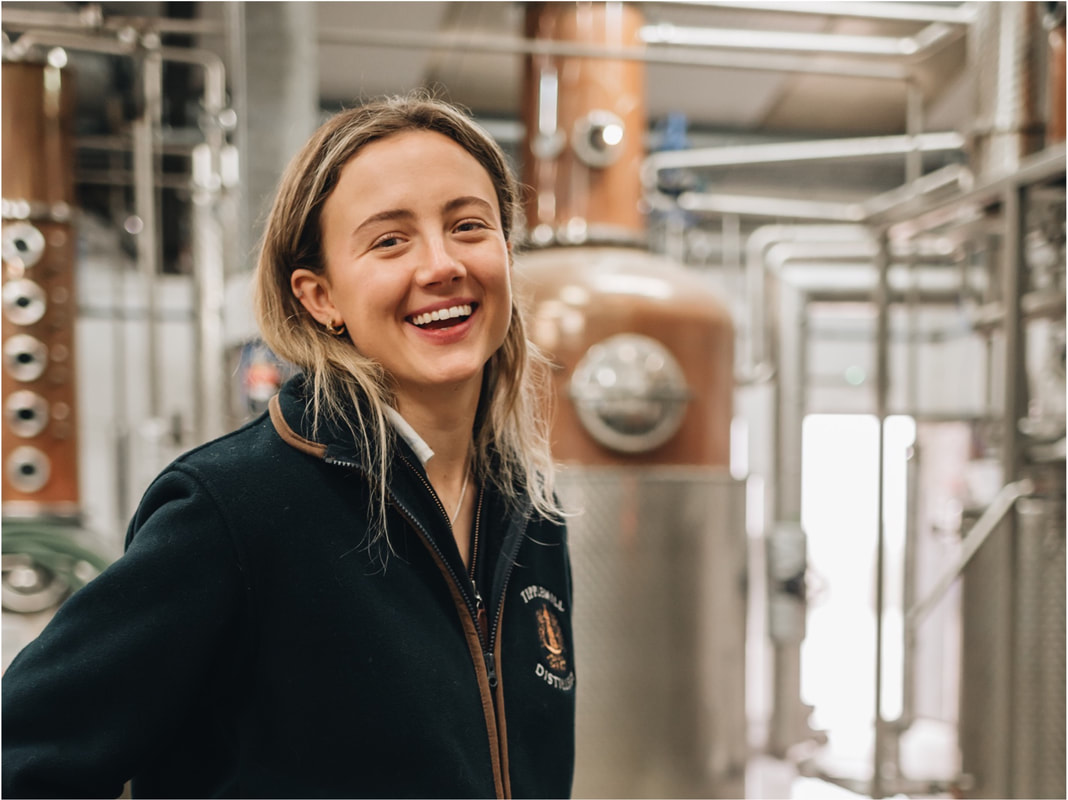
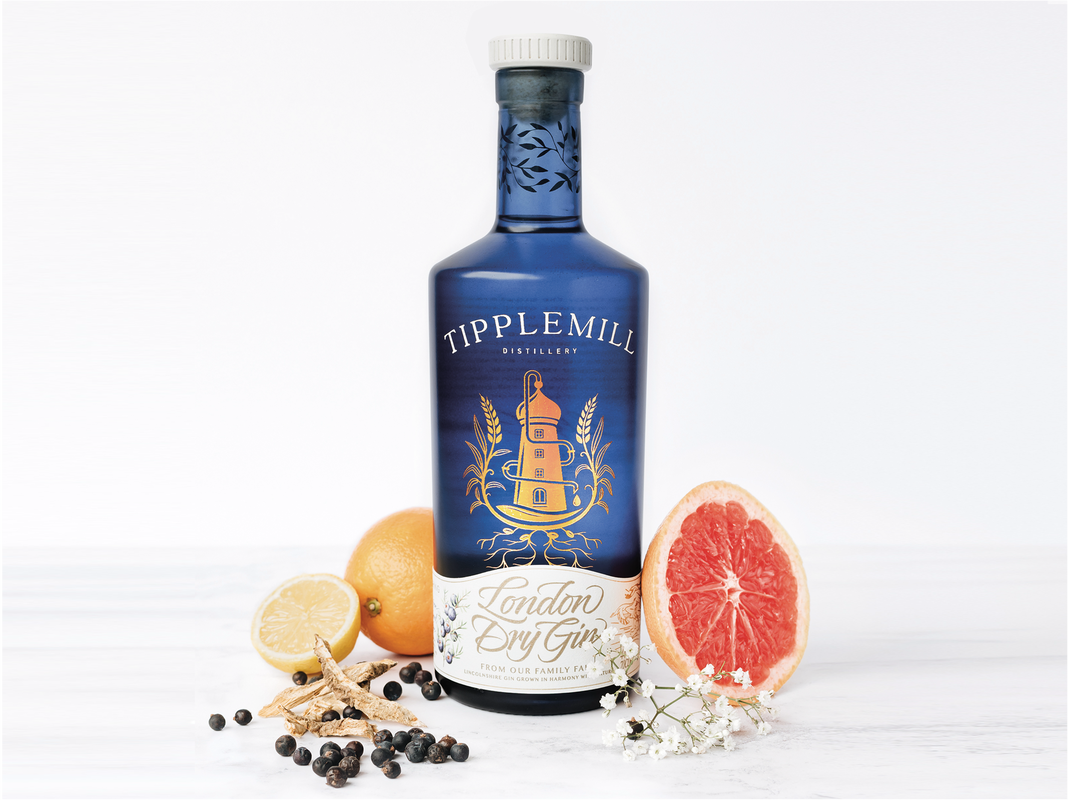

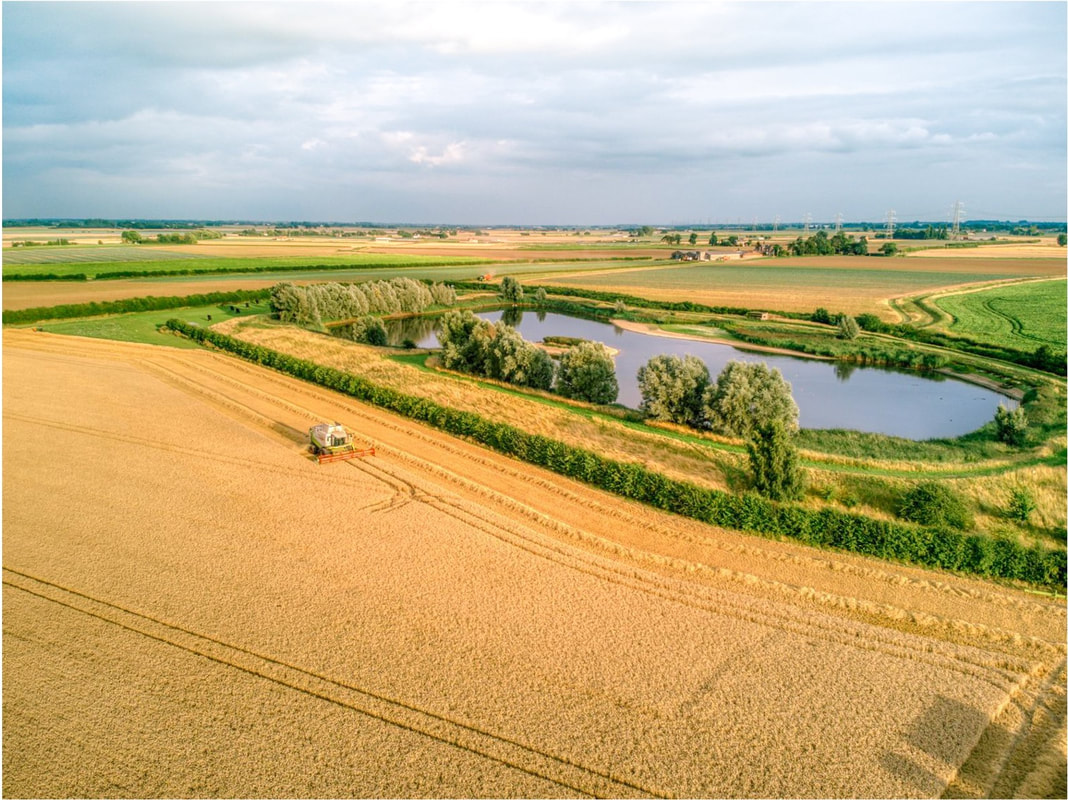

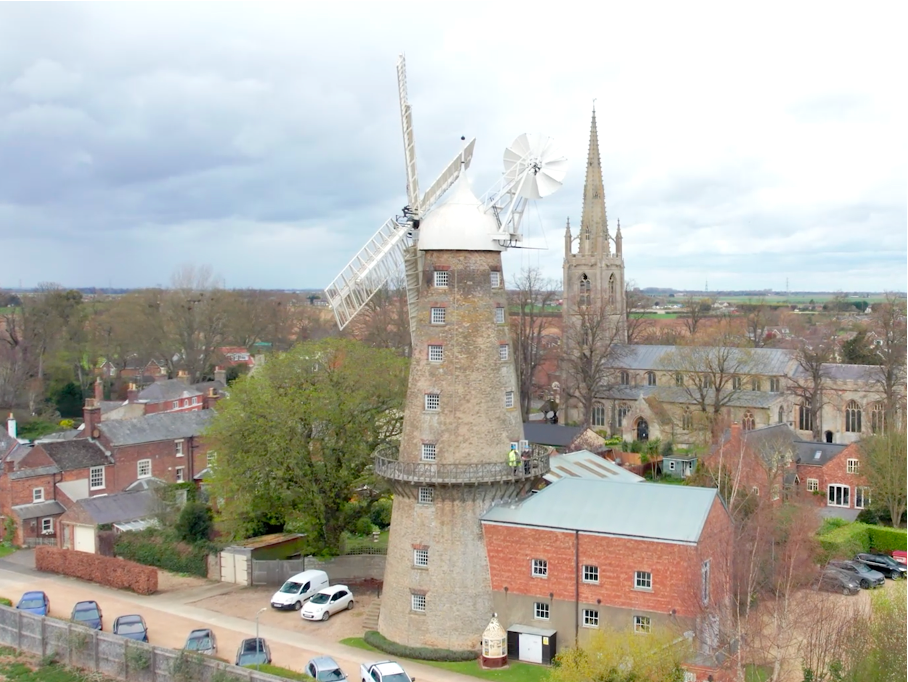
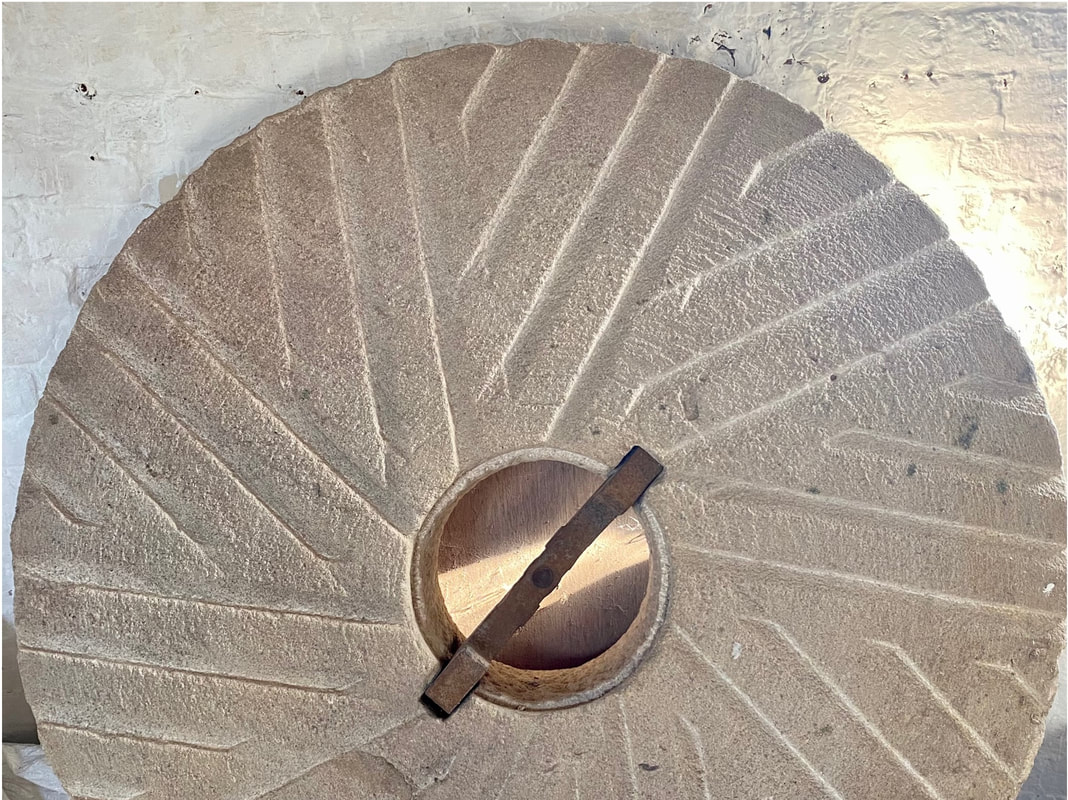

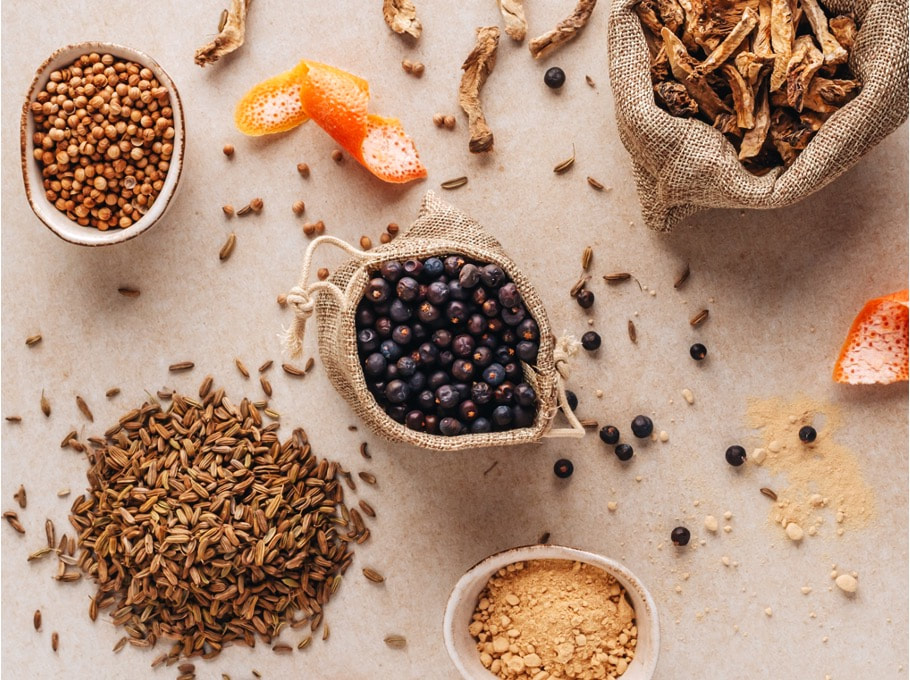
 RSS Feed
RSS Feed


